Gambia
The Gambia, in long form the Republic of Gambia, in English Gambia or The Gambia, and Republic of The Gambia, is a country located in West Africa. It is the continental African country with the smallest area: 11,300 km2. Landlocked in Senegal to the north, south and east, The Gambia is bordered to the west by the Atlantic Ocean. These limits correspond to the course and the valley of the Gambia river, which flows through the country and empties into the Atlantic Ocean. Its area is 11,300 km2 for a population of just over two million inhabitants (2018 estimate). Banjul is the capital and the largest cities are Serrekunda and Brikama. The Gambia shares historic roots with other West African countries that have experienced the slave trade. The slave trade is at the origin of the establishment and the maintenance of a colony on the Gambia river; first by the Portuguese, when the country was called “A Gâmbia”, and later by the British. In 1965, The Gambia gained independence from the United Kingdom. Since independence, The Gambia has had three leaders: President Dawda Jawara, who ruled the country from 1970 to 1994 before Yahya Jammeh took power in a coup as a young army officer. On December 1, 2016, Adama Barrow won the presidential election but the outgoing president, Yahya Jammeh, did not recognize his defeat. A delegation from ECOWAS (of which The Gambia is a member state) tried to settle the situation peacefully, but after negotiations broke down on January 19, 2017, the Senegalese army intervened in The Gambia, at the following the vote on a resolution of the United Nations (UN). On the evening of January 21, 2017, Yahya Jammeh decided, under pressure from the United Nations and neighboring countries, to leave the Gambia, and to go into exile in Equatorial Guinea. This decision now allows Adama Barrow to exercise power.
The economy of The Gambia is dominated by agriculture, fishing and tourism. About a third of the population lives below the international poverty line of $ 1.25 a day.
Gambia’s history
Gambia’s politics
Gambia’s economy
The Gambia has a liberal market economy characterized by traditional subsistence farming and historical dependence on groundnut cultivation. Its import trade, built around its port, low import duties and minimal administrative procedures, feeds traffic to Senegal. We have to add a tourism industry.
Gambia’s demography
The population of The Gambia is estimated at 1.96 million inhabitants in 2015. The annual demographic growth is 2.2% and the urbanization rate is 57%. In 2013, it was made up of 39.2% of people aged 0 to 14, 57.6% of people aged 15 to 64 and 3.2% of people aged 65 and over. Its human density is 167 inhabitants / km2. In 2013, its population growth rate was 2.3%. In 2015, the estimated birth rate was 30.86 ‰, the mortality rate of 7.15 ‰, the infant mortality rate of 63.9 ‰, the fertility rate of 3.73 children / woman and the rate 2.12 migration migration. The life expectancy of men is 62.27 years and that of women is 67 years. Young Gambian women. About 90% of the population is Muslim and 8% Christian. Between 1 and 2% is animist (far east of the country).
Gambia’s education
Primary education is free and compulsory in The Gambia. The lack of resources and educational infrastructure makes its implementation difficult. In 1995, the gross primary school enrollment rate was 77.1% and the net primary school enrollment rate was 64.7%. School fees have long prevented many children from attending school, but in February 1998, President Jammeh made primary school free. Girls represent around 52% of primary school students. The figure may be lower for girls in rural areas, where poverty and cultural factors prevent parents from sending girls to school. About 20% of school-aged children attend Koranic schools.
Gambia’s languages
English is the official language of The Gambia, so it is widely used. The other languages spoken are Mandinka, Wolof, Fulani, Soninke, Serer, Krio and other vernacular languages. Due to the geographic location of the country, knowledge of French (the official language of Senegal that surrounds the country) is relatively widespread. The country has been an observer member of the International Organization of La Francophonie since 2018.
-
Gambia
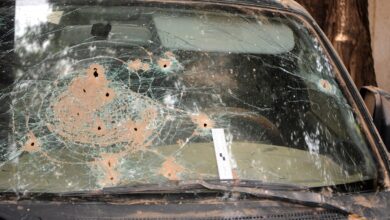
Gambian Government Sets Up Investigative Panel To Investigate Coup Plot
The Gambian government on Tuesday announced it has set up an investigative panel and gave it 30 days to report…
Read More » -
Gambia
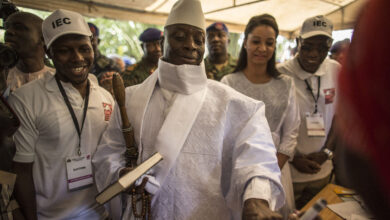
Gambian Authorities Arrest Two Military Officers In Connection To Recent Coup Attempt
The Gambian government has reportedly arrested two military officers in connection to an alleged plot to overthrow the government of…
Read More » -
Gambia
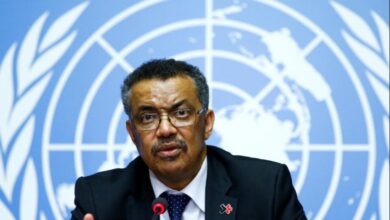
WHO: Deaths Of 66 Children In Gambia May Be Linked To India-Made Cough Syrup
The World Health Organization (WHO) Director-General Tedros Adhanom Ghebreyesus on Wednesday said the deaths of 66 young children in Gambia…
Read More » -
Gambia

Gambian Government Ready To Prosecute Ex-Dictator Jammeh For Host Of Crimes
Gambian authorities on Wednesday the government is ready to prosecute former dictator Yahya Jammeh for a host of crimes including…
Read More » -
Gambia
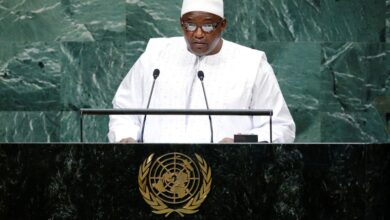
Gambia’s Supreme Court Dismisses Plea To Overturn President Barrow’s Election Victory
Gambia’s Supreme Court on Tuesday dismissed a legal plea to President Adama Barrow’s recent election victory, ruling that the petition…
Read More » -
Gambia
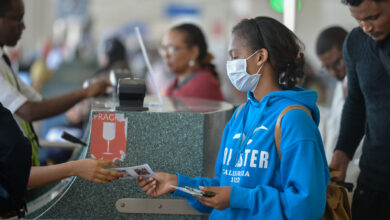
Gambian President Declares A State Of Emergency Amid Rise In Coronavirus Cases
Gambian President Adama Barrow on Wednesday declared a state of emergency in the country, with all borders and airspace made…
Read More » -
Gambia

Gambia: Vice President Gets Coronavirus Positive, President To Enter Self-Isolation
Gambia’s Vice President Isatou Touray has been tested coronavirus positive and President Adama Barrow will enter into self-isolation for the…
Read More » -
Eswatini
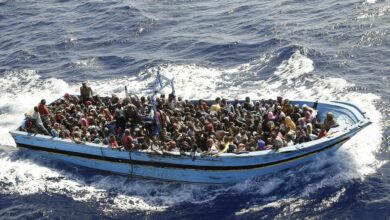
At least 58 Feared Dead As Packed Migrant Boat Capsizes Off Mauritania Coast: UN
At least 58 people are feared to have drowned after a boat carrying dozens of migrants capsized in the Atlantic…
Read More »

